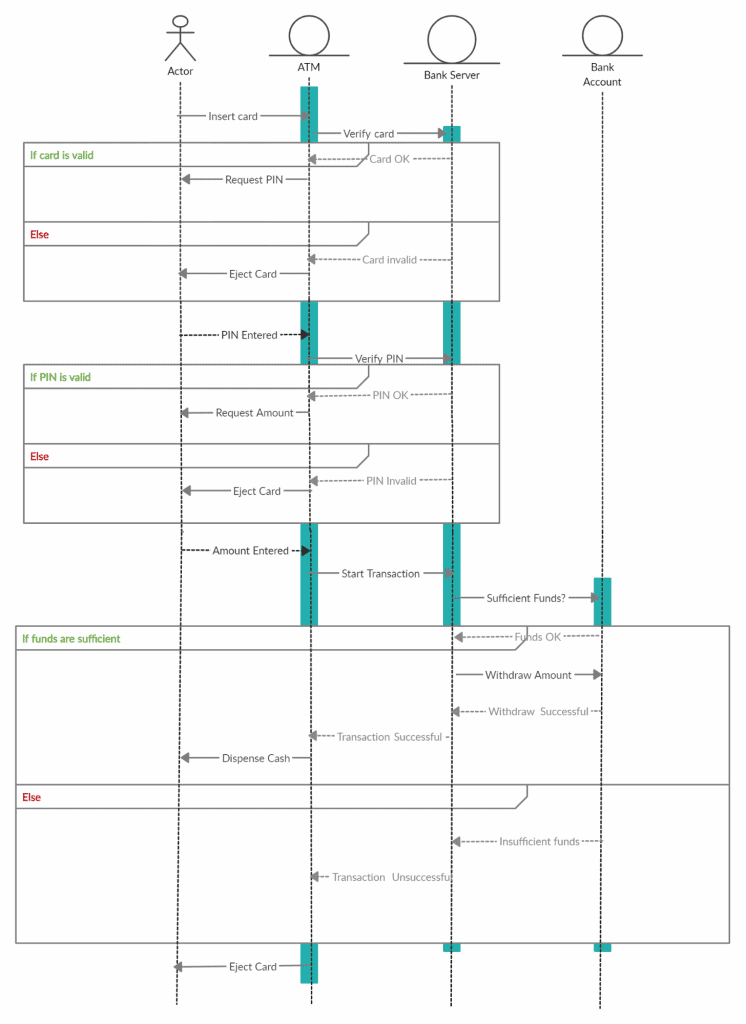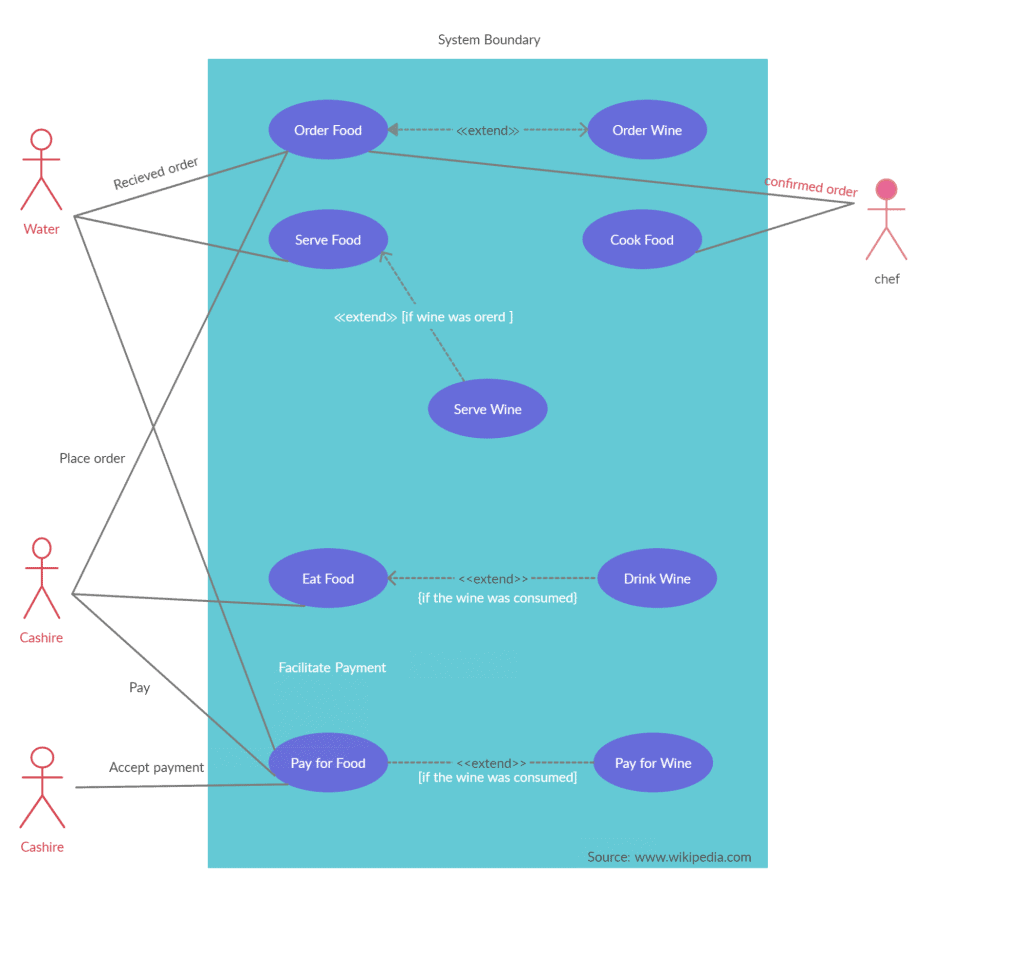 Development is a constantly evolving field and as developers we are always looking for quicker and more efficient ways to solve problems. Throughout the years, the ways we approach and adapt to problems have changed.
Development is a constantly evolving field and as developers we are always looking for quicker and more efficient ways to solve problems. Throughout the years, the ways we approach and adapt to problems have changed.
The agile development process has become increasingly popular as a way to approach software as a series of iterative problems that need solving. The test, learn, and adapt model of agile has resulted in much more learning by doing, which has reduced the use of broad framework concepts like the Unified Modeling Language (UML).
The UML—which involves the process of creating and visualizing entire systems and how they interact with each other—is considered to be antiquated. But disregarding fundamental concepts like UML has its consequences.
In this article, I’ll analyze how the UML can still play a vital role in the development process, and how it can make us better coders and thinkers. However, before we delve into any of that, let’s first look into what exactly the Unified Modeling Language is.
What is the UML?
The UML was originally created in 1994 as a way to standardize the disparate notational system in software design. It is basically a uniform modeling language comprising an integrated set of diagrams that are created to assist software and system developers in visualizing, specifying, documenting, and constructing software system artifacts and non-software systems and business modeling.
The Unified Modeling Language is a compilation of the best practices in engineering that have been very successful in the modeling of complex systems.
The UML is indeed an integral component of developing the software development process and object-oriented software. It mainly utilizes graphical notations for the expression of software project design. Using the UML helps project work teams in communicating, exploring potential designs, and validating the software’s architectural design.
Uses of the UML: Different Kinds of Applications
The Unified Modeling Language has scores of different applications. You can use it to develop diagrams and provide programmers with expressive and ready-to-use modeling examples that basically depict the structure and behavior of a system.
A few of the UML tools deliver program code from the Unified Modeling Language. You can use the UML to model a particular system not dependent on a platform language.
Moreover, the UML boasts applications that extend beyond the development of software, like process flow in manufacturing. This addresses problems that agile cannot, and allows you to see your development needs in the context of the entire business. This upfront or “waterfall” process allows you to think of entire systems at once, and gives you the flexibility to see how different systems interact with each other.
Benefits of the UML
Using the UML today has several benefits, and finding ways to incorporate it into your development process can improve your thought process and lead to greater organizational efficiency. Here are some of the ways using UML diagrams can help.
Bring New Developers or Team Members up to Speed Quickly
Before developers begin to code, Unified Modeling Language diagrams can assist every individual team member working on the project to get on the same proverbial page. Thanks to the simplicity of these diagrams, you can also bring new team members up to speed very swiftly.
Besides, by comprehending the system they are trying to build, developers can delegate their work, figure out potential issues before the actual work begins, and then efficiently work toward a common objective.
Tailor the Elements in a UML Diagram
What makes the Unified Modeling Language much-needed and well-suited for the development of software is its high flexibility. You have the freedom to tailor your modeling interactions and elements in a Unified Modeling Language diagram, especially to suit the technologies or domain you are using.
Plan out New Features Before Programming
The Unified Modeling Language assists in planning new features prior to any programming. This allows you to identify issues or potential problem areas before development starts. This can lower overhead during any program’s implementation.
In addition, a Unified Modeling Language model diagram is quite simple to change, whereas reprogramming a certain code section can be time-consuming and tedious.
Communicate With Technical and Non-Technical Audiences More Easily
One of the biggest advantages of the Unified Modeling Language is that it allows easy communication with both technical and non-technical audiences.
For instance, if you are considering using UML to explain different software design models, it would be safe to assume that a majority of software professionals will be familiar with UML diagrams to some extent. This allows easy communication back and forth.
Furthermore, you just have to know 20 percent of the Unified Modeling Language to describe 80 percent of your modeling requirements. There is no need for you to comprehend or know the complete notation to communicate effectively with the help of a UML diagram.
Types of UML Diagrams
UML diagrams can even be incorporated into your agile development. By having a better understanding of the different types of UML diagrams and their uses, you can start creating your own based on your specific requirements.
Structural Diagrams
These diagrams display things and elements in the modeled system. To put it more technically, they show a system’s different objects.
- Class diagram – These are the crux of nearly every object-oriented method, and that includes the UML as well. Class diagrams depict a system’s static structure.
- Component diagram – These diagrams describe physical software component organization, including executables, run time code, and source code.
- Deployment diagram – Deployment diagrams show a system’s physical resources, including components, nodes, and connections.
- Composite structure diagram – These diagrams depict a class’s internal part.
- Object diagram – An object diagram illustrates a system’s static structure at a certain time. You can use them for testing of class diagrams.
Behavioral Diagrams
These diagrams show how the system behaves and interacts with itself and other entities (users, other systems). They show how data moves through the system, how objects communicate with each other, how the passage of time affects the system, or what events cause the system to change internal states.
Sequence diagrams – These diagrams illustrate interactions between different classes in regard to message exchanges over the passage of time.
This sequence diagram shows the interaction with customers at an ATM. it visualises how the systems interact and in what order, allowing you to gain a better understanding of how to optimally set up development flow.
Activity diagram – These depict a system’s dynamic nature by modeling the control flow from one activity to another. An activity represents an operation on some particular class that leads to a change in the system’s state. Generally, you can use activity diagrams to model internal operation and business processes or workflows.
Use case diagram – These diagrams model a system’s functionality using use cases and actors.
Use case diagrams help you to better track and visualize how actors will move through a given system. It's a great low-tech way of identifying potential problems and where the system may break down.
The UML is Dead. Long Live the UML
Our development techniques need to adapt with the times. And while agile has undeniable benefits in how it addresses and solves problems, and may be more suited to current software needs, it is important we don’t forget the fundamentals of development in the process.
Techniques like the UML can sharpen our processes, allowing us to become not just better developers, but better thinkers. Finding ways to incorporate practices like the UML into current development models can allow you to have a strong foundational framework, while staying nimble and innovative.



